Investing can feel intimidating, especially with all the misinformation floating around. Many people miss out on growing their wealth simply because they believe common myths that hold them back. Today, we're debunking five of the biggest investing myths that might be costing you money.
Myth #1: You Need a Lot of Money to Start Investing
One of the biggest misconceptions about investing is that you need thousands of dollars to get started. The truth? You can begin with as little as $10! Many brokerage accounts allow fractional investing, meaning you can buy a small portion of a stock or fund rather than an entire share. Robo-advisors and apps also make it easy to start investing with small amounts. The key is to start early and be consistent—compounding interest does the heavy lifting over time.
Myth #2: Investing Is Too Risky
Yes, investing involves risk, but keeping your money in a savings account where it barely earns interest carries its own risk—losing purchasing power due to inflation! The key to managing risk is diversification. Spreading your money across different investments (stocks, bonds, index funds) reduces exposure to any one asset’s downturn. Additionally, long-term investing tends to smooth out short-term market volatility, increasing your chances of positive returns.
Myth #3: You Need to Be an Expert to Invest
If you think you need a finance degree to invest, think again. With today’s technology, investing has never been more accessible. Automated investing platforms, index funds, and ETFs (Exchange-Traded Funds) allow you to invest passively without deep market knowledge. If you’re willing to learn the basics—like understanding asset allocation and risk tolerance—you can confidently grow your wealth over time.
Myth #4: Timing the Market Is Key to Success
Many people believe they need to buy low and sell high at the perfect moment to make money. However, even professional investors struggle to consistently time the market. Instead of trying to predict market highs and lows, focus on time in the market rather than timing the market. A simple strategy like dollar-cost averaging—investing a fixed amount at regular intervals—helps you take advantage of market fluctuations without the stress of perfect timing.
Myth #5: You Need to Pick Individual Stocks to Make Big Returns
Sure, some investors strike it rich by picking the right stock at the right time. But for most people, trying to pick winning stocks is more like gambling than investing. Instead, investing in index funds or ETFs offers broad market exposure with less risk. These funds track major indexes like the S&P 500, providing solid, long-term returns with much less effort and stress.
Final Thoughts
Believing these investing myths can hold you back from building wealth and achieving financial freedom. The reality is that you don’t need a fortune, expert knowledge, or perfect market timing to be successful. What you do need is to start, stay consistent, and focus on the long game. The sooner you begin, the more time your money has to grow!
Ready to take the first step? Check out our recommended investing resources and tools to get started today!


